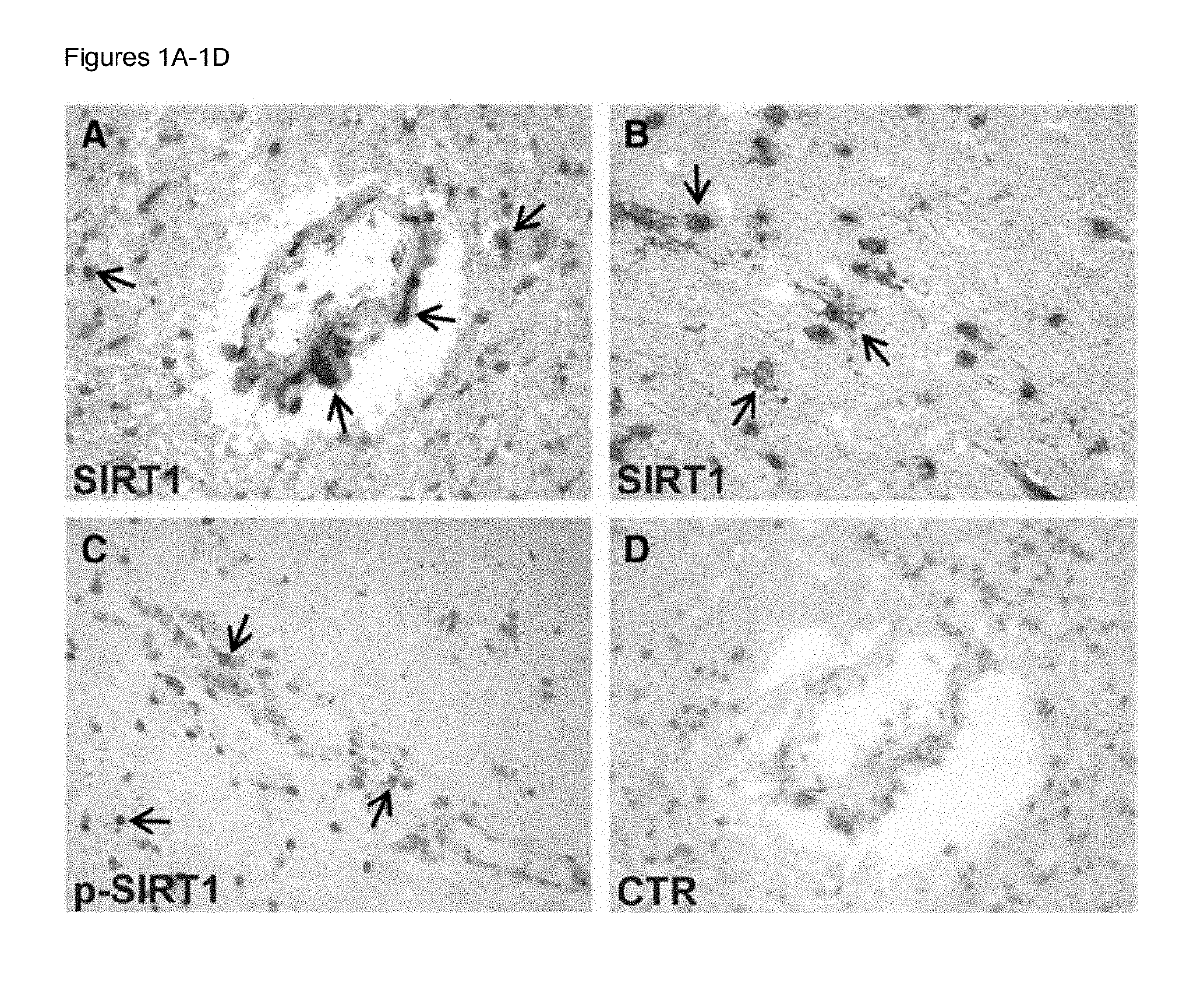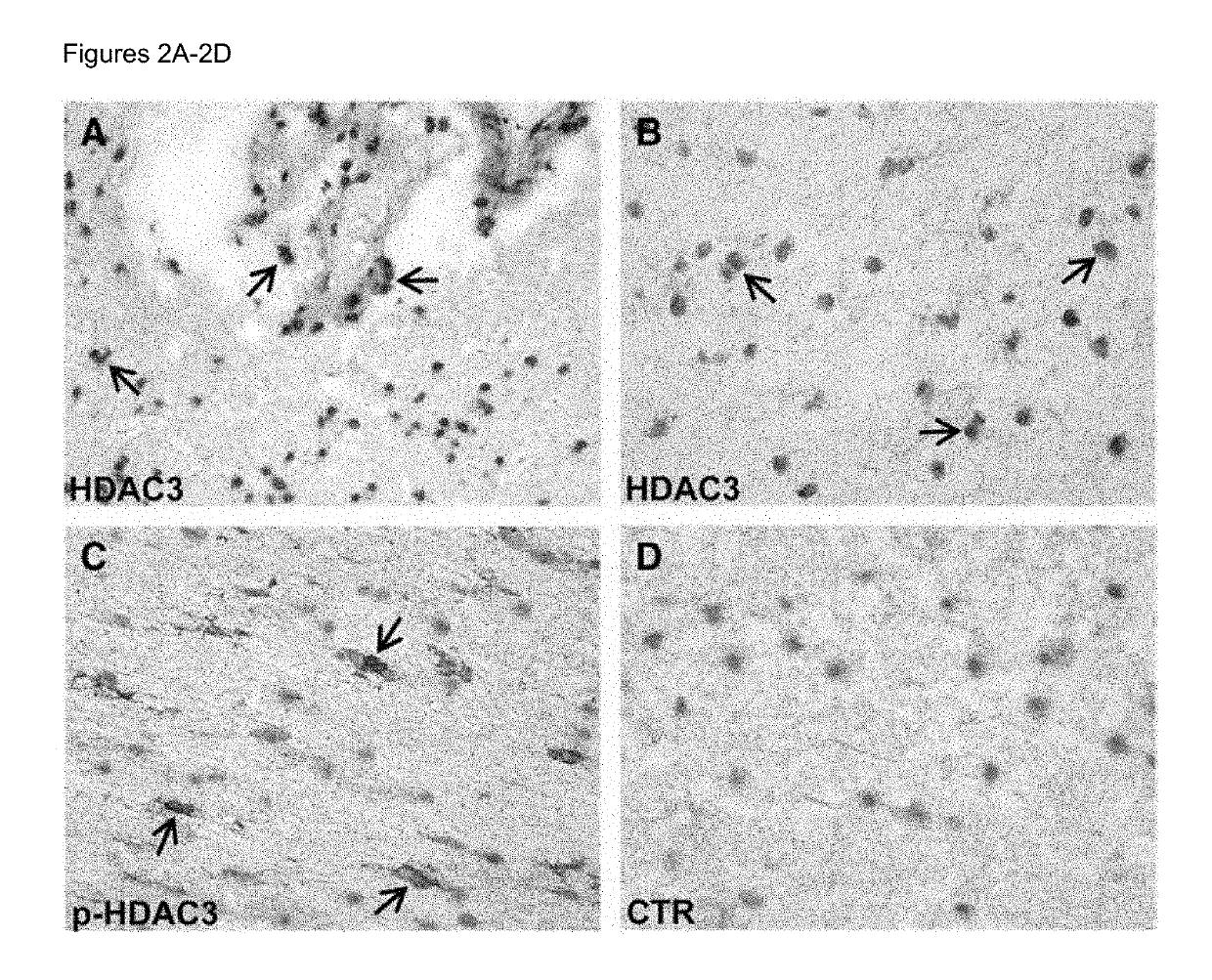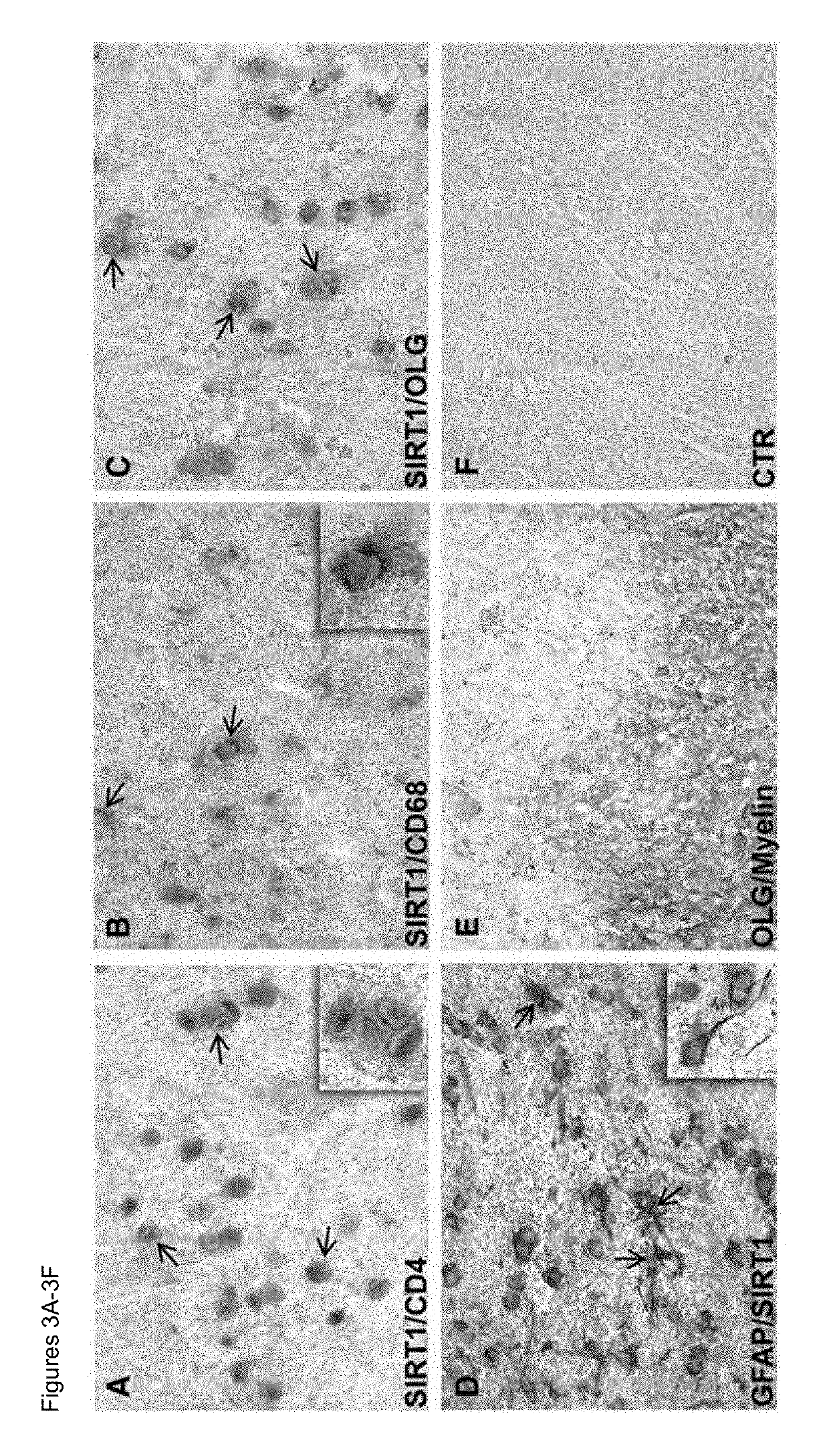Biomarkers for predicting relapse in multiple sclerosis
a biomarker and multiple sclerosis technology, applied in the field of multiple sclerosis biomarkers, can solve the problems of claustrophobic patients' difficult to tolerate brain mri, huge research challenges, and pathophysiology, and achieve the effects of reducing the risk of claustrophobic disease, and improving the survival rate of patients
- Summary
- Abstract
- Description
- Claims
- Application Information
AI Technical Summary
Benefits of technology
Problems solved by technology
Method used
Image
Examples
first embodiment
[0057]In a first embodiment, the invention is thus generally drawn to methods for determining whether a subject having relapsing-remitting multiple sclerosis (RRMS) is undergoing relapse of the disease by monitoring levels of mRNA expression of certain biomarkers. In particular, the invention is drawn to methods for determining whether a subject having relapsing-remitting multiple sclerosis (RRMS) is undergoing relapse of the disease, comprising
[0058](i) determining mRNA expression levels for one or more biomarkers selected from the group consisting of SIRT1, RGC-32, FasL and IL-21 in a population of cells,
[0059](ii) determining mRNA expression levels for L13 in the same population of cells, and
[0060](iii) calculating a ratio of biomarker mRNA expression to L13 mRNA expression,
wherein when the biomarker is SIRT1 and the SIRT1 / L13 ratio is <3.06±10%, the subject is determined to be undergoing relapse,
wherein when the biomarker is RGC-32 and the RGC-32 / L13 ratio is <1.27±10%, the subj...
second embodiment
[0067]In a second embodiment, the invention is generally drawn to methods for determining whether a subject having relapsing-remitting multiple sclerosis (RRMS) is undergoing relapse of the disease by monitoring levels of protein expression of certain biomarkers. In particular, the invention is drawn to methods for determining whether a subject having relapsing-remitting multiple sclerosis (RRMS) is undergoing relapse of the disease, comprising
[0068](i) determining protein expression levels for SIRT1 in a population of cells,
[0069](ii) determining protein expression levels for L13 in the same population of cells, and
[0070](iii) calculating a ratio of SIRT1 protein expression to L13 protein expression,
wherein when the SIRT1 / L13 ratio is <0.645±10%, the subject is determined to be undergoing relapse.
[0071]In this embodiment, the range encompassing the noted SIRT1 / L13 ratio can also be about ±4%, ±3%, ±2%, or ±1%. In certain preferred aspects, the SIRT1 / L13 ratio is about <0.61, <0.62,...
third embodiment
[0073]In a third embodiment, the invention is generally drawn to methods for determining whether a subject having relapsing-remitting multiple sclerosis (RRMS) will respond to treatment with glatiramer acetate (GA). In particular, the invention is drawn to methods for determining whether a subject having relapsing-remitting multiple sclerosis (RRMS) will respond to treatment with GA, comprising
[0074](i) determining mRNA expression levels for one or more biomarkers selected from the group consisting of SIRT1, RGC-32, FasL and IL-21 in a population of cells,
[0075](ii) determining mRNA expression levels for L13 in the same population of cells, and
[0076](iii) calculating a ratio of biomarker mRNA expression to L13 mRNA expression,
wherein when the biomarker is SIRT1 and the SIRT1 / L13 ratio is >4.33±10%, it is determined that the subject will respond to treatment with GA,
wherein when the biomarker is RGC-32 and the RGC-32 / L13 ratio is >2.52±10%, it is determined that the subject will resp...
PUM
| Property | Measurement | Unit |
|---|---|---|
| pH | aaaaa | aaaaa |
| magnetic resonance imaging | aaaaa | aaaaa |
| MRI | aaaaa | aaaaa |
Abstract
Description
Claims
Application Information
 Login to View More
Login to View More - R&D
- Intellectual Property
- Life Sciences
- Materials
- Tech Scout
- Unparalleled Data Quality
- Higher Quality Content
- 60% Fewer Hallucinations
Browse by: Latest US Patents, China's latest patents, Technical Efficacy Thesaurus, Application Domain, Technology Topic, Popular Technical Reports.
© 2025 PatSnap. All rights reserved.Legal|Privacy policy|Modern Slavery Act Transparency Statement|Sitemap|About US| Contact US: help@patsnap.com



